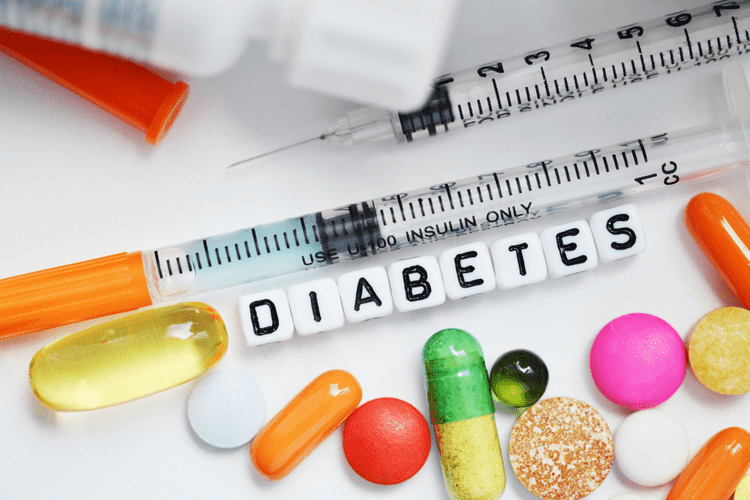Certified Recovery Residence List
Established to set and maintain high standards for recovery residences, NARR’s goals include ensuring that individuals in recovery have access to safe and recovery-focused living environments that support their journey towards long-term recovery. NARR is a national organization with a unique two-tier organizational structure that combines national reach and influence with state-level knowledge and accountability. We operate in partnership with a network of state-level affiliate organizations which implement NARR’s standards and programs in their states. Recovery residences, often referred to as sober living homes or halfway houses, play a pivotal role in the recovery journey of individuals transitioning from addiction treatment programs back to daily life. These residences provide a supportive and structured environment where individuals can continue their recovery while gaining independence and reintegrating into society.
- Living with others who are also working towards sobriety provides an added layer of accountability.
- The supportive environment and community accountability can help mitigate the risk of relapse, especially during the early stages of recovery when individuals are most vulnerable.
- Recovery residences typically have curfews to help establish a structured routine and prevent situations where temptation might arise late at night.
- Unlike inpatient treatment settings, recovery residences offer a less restrictive environment while still providing essential support and resources for maintaining sobriety.
- It has been known for decades that people needing medical treatment for substance use disorder often suffer with intense physical and mental anguish during medically managed withdrawal and subsequent treatment.
The Role of Recovery Residences in the Recovery Process
This Sober living house environment provides a safe, supportive, drug- and alcohol-free environment and accountability to support each other. Residents work, volunteer, or go to school while also balancing recovery-oriented activities. MARR-certified recovery residences adhere to a strict policy of being “good neighbors in good neighborhoods.” Residents actively work to enhance the local community, complete community service projects, and maintain a quiet, well-kept place. Studies have shown many benefits from a longer-term supportive environment such as that offered by a recovery residence. Recovery residences are home-like, residential environments that promote healthy recovery from a substance use disorder and support persons recovering from a substance use disorder through the use of peer recovery support.
Recovery Residence Administrators
Upon entering a recovery residence, you will likely encounter a set of house rules and guidelines that must be followed to ensure a safe, sober, and supportive environment for all residents. These rules help create a structure that minimizes risks and fosters a sense of accountability and discipline. Fred Way’s role as a board member of NARR is enriched by his extensive experience and deep commitment to the recovery community. As Founder and Executive Director of the Philadelphia Association of Recovery Residences (PARR), Fred has played a crucial role in setting national recovery housing standards. Recovery residences often help individuals create daily schedules that include time for work, meetings, self-care, and leisure.

Brandy Anderson Board Member

From understanding their fundamental nature to pointing out their key role in addiction recovery, we shed light on why these havens of sobriety are essential for individuals pursuing to rebuild their lives after addiction. We envision all persons in recovery from addiction having access to the recovery support they need to live happier, healthier lives. We believe everyone should have a safe, supportive and nurturing home environment in early recovery. NARR’s work contributes to a broader understanding of the critical role of residential recovery environments in the recovery process, and recovery residence actively enhances the quality and availability of recovery residences.





